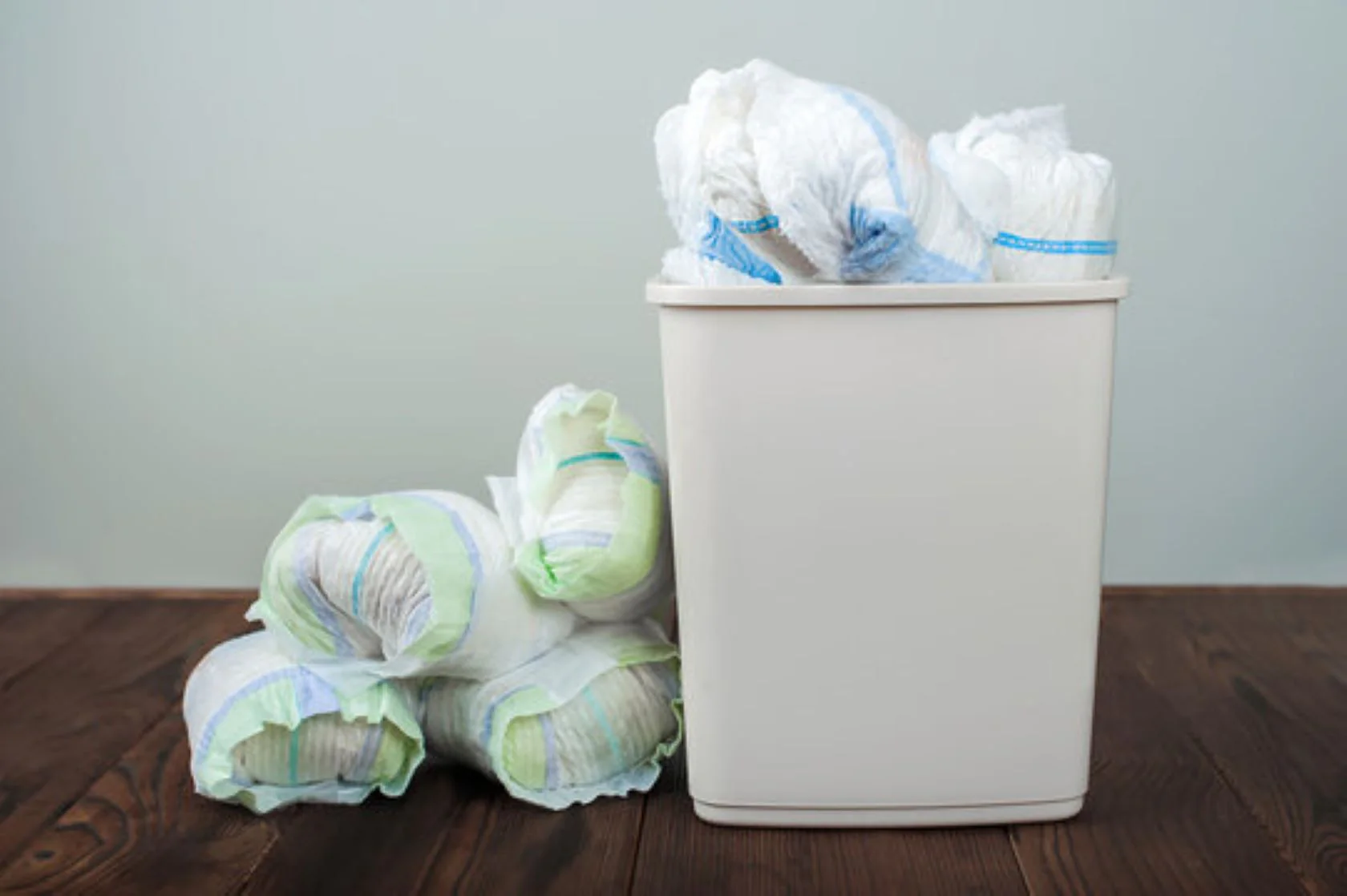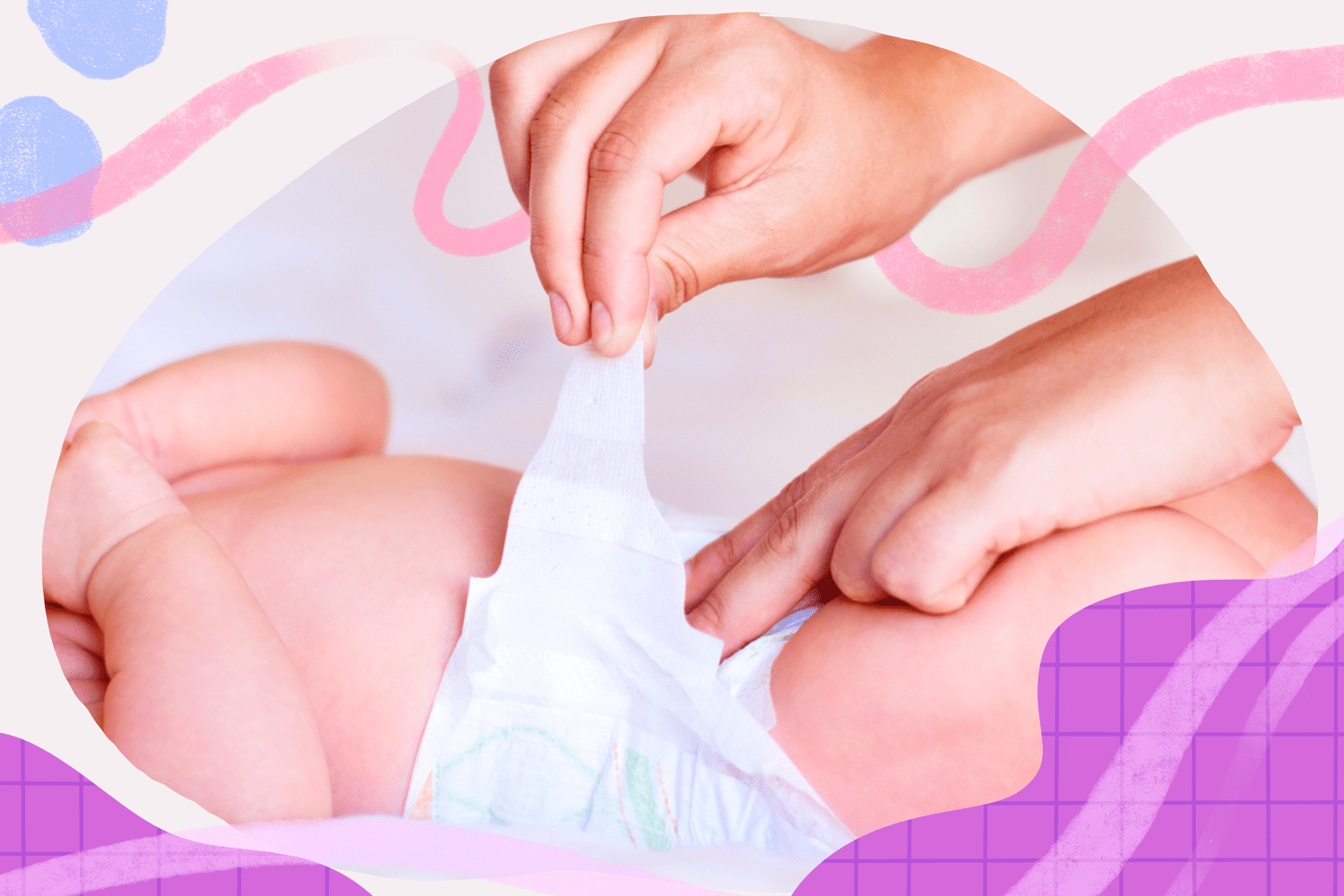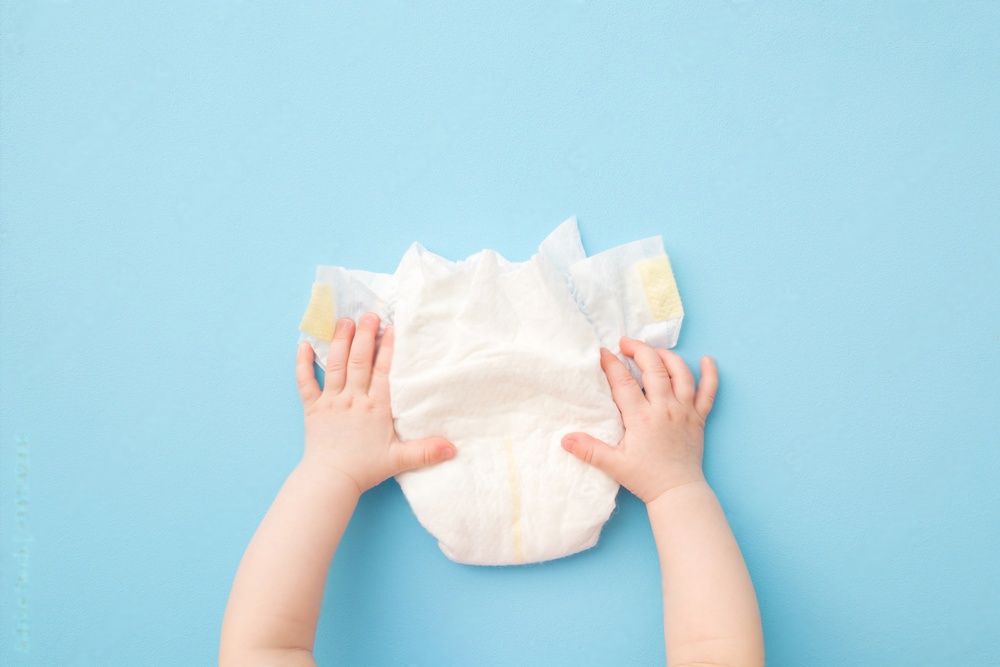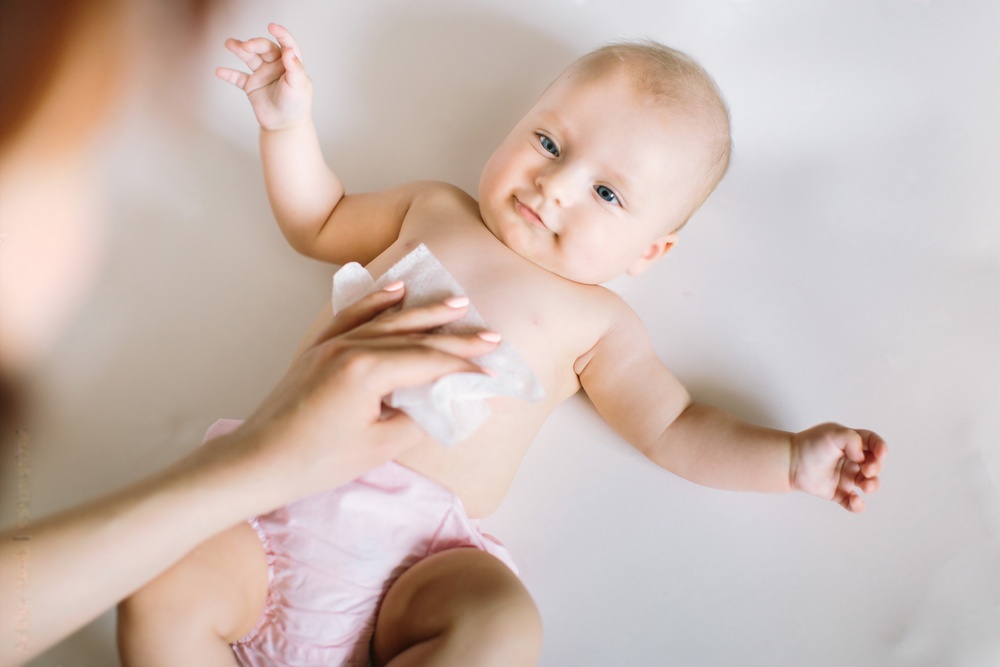Diapers are an essential part of your baby’s daily routine, providing comfort and protection against leaks. With so many options available in the market, choosing the right diapers can be overwhelming for new parents. In this comprehensive guide, we’ll walk you through everything you need to know to make an informed decision about which diapers are best for your little one.
Importance of Choosing the Right Diapers
Selecting the right diapers holds paramount importance in the realm of caring for your baby. Beyond just being a matter of convenience, it directly impacts your little one’s comfort, health, and overall contentment. Imagine the discomfort a poorly fitting or inadequate diaper can cause—a squirming, unhappy baby, potential leaks that necessitate frequent changes, and worst of all, the risk of skin irritation or diaper rash.
Therefore, the significance of choosing the right diapers cannot be overstated. It’s not merely about avoiding inconvenience for yourself; it’s about ensuring your baby’s well-being and fostering a sense of comfort and security for them. By carefully considering various factors such as absorbency, fit, and material composition, you’re not just selecting a product—you’re making a decision that directly affects your baby’s daily comfort and happiness.
Understanding Different Types of Diapers
Understanding the various types of diapers available in the market is crucial for making an informed decision that suits both your baby’s needs and your lifestyle. Here’s a detailed overview of the different types of diapers:
Disposable Diapers
Disposable diapers are convenient and widely used by parents for their ease of use and disposal. They come in various sizes and are designed to absorb moisture efficiently, keeping your baby dry and comfortable.
Cloth Diapers
Cloth diapers have gained popularity due to their eco-friendly nature and cost-effectiveness in the long run. They are reusable, washable, and come in a variety of styles, including prefolds, flats, and pocket diapers.
Biodegradable Diapers
Biodegradable diapers are a sustainable option for environmentally conscious parents. Made from biodegradable materials, such as bamboo or cornstarch, these diapers decompose more quickly than traditional disposable diapers, reducing their environmental impact.
Factors to Consider When Choosing Diapers
When it comes to selecting the perfect diapers for your baby, there are several crucial factors to take into consideration. Each of these factors plays a significant role in determining the comfort, effectiveness, and overall satisfaction with the chosen diapers.
Absorbency
The primary function of diapers is to absorb moisture and prevent leaks. Consider the absorbency level of the diapers, especially if your baby is a heavy wetter or sleeps for extended periods.
Fit and Comfort
Choose diapers that fit your baby snugly without being too tight or too loose. A proper fit ensures comfort and prevents leaks and skin irritation.
Material
Pay attention to the materials used in the diapers, especially if your baby has sensitive skin. Look for diapers made from hypoallergenic and breathable materials to minimize the risk of irritation.
Cost
Consider your budget when choosing diapers, as costs can vary depending on the brand and type. While disposable diapers may seem more expensive initially, cloth diapers can save you money in the long run due to their reusable nature.
Environmental Impact of Diapers
The environmental impact of diapers, particularly disposable ones, is a pressing concern due to their non-biodegradable composition. Disposable diapers are primarily made from synthetic materials like plastics and petroleum-based compounds, rendering them resistant to decomposition. As a result, they contribute significantly to environmental pollution, with vast quantities accumulating in landfills.

In contrast, cloth and biodegradable diapers offer more environmentally friendly alternatives. Cloth diapers, typically made from natural fibers like cotton or bamboo, can be washed and reused multiple times. While they require water and energy for laundering, they significantly reduce the amount of waste generated compared to disposables. Additionally, biodegradable diapers are designed to break down more readily in landfill conditions, often crafted from plant-based materials like bamboo or cornstarch. This feature minimizes their environmental impact and reduces the burden on landfills.
By opting for cloth or biodegradable diapers over traditional disposables, parents can play a vital role in mitigating environmental harm. These choices contribute to waste reduction and help lower the overall carbon footprint associated with diapering practices, fostering a more sustainable approach to childcare.
How to Choose the Right Size
Selecting the correct diaper size is essential for a comfortable fit and effective leakage protection. Refer to the manufacturer’s size chart and consider your baby’s weight and age when choosing the size.
- Refer to the Manufacturer’s Size Chart: Most diaper brands provide a size chart indicating the recommended diaper size based on your baby’s weight and sometimes age. Consult this chart to determine which size is most suitable for your little one.
- Consider Your Baby’s Weight: Pay close attention to your baby’s weight when selecting diaper sizes. Diapers are typically categorized by weight ranges, so knowing your baby’s current weight will help you choose the appropriate size that provides a snug yet comfortable fit.
- Take Age into Account (If Applicable): While weight is the primary factor in determining diaper size, some brands may also provide age recommendations. Keep in mind that every baby grows at their own pace, so it’s essential to prioritize weight over age when selecting diaper sizes.
- Ensure a Snug Fit: A well-fitting diaper should contour to your baby’s body without being too tight or too loose. Check for any gaps or sagging around the legs and waist, as these can lead to leaks and discomfort. A snug fit ensures optimal protection against leaks and allows your baby to move freely and comfortably.
- Consider Your Baby’s Activity Level: If your baby is particularly active or mobile, you may want to choose a diaper size that offers extra flexibility and stretch to accommodate their movements comfortably.
Reviews and Recommendations
Before making a purchase, read reviews and seek recommendations from other parents to get insights into the performance and reliability of different diaper brands.

Tips for Proper Diaper Usage
- Change diapers frequently: Regular diaper changes are key to keeping your baby dry and minimizing the risk of diaper rash. Aim to change your baby’s diaper every 2-3 hours or as soon as it becomes wet or soiled.
- Use diaper rash cream: Apply diaper rash cream as needed to protect your baby’s delicate skin from irritation and redness. Look for gentle, hypoallergenic creams containing ingredients like zinc oxide or petroleum jelly to create a protective barrier against moisture and friction.
- Dispose of diapers properly: If you’re using disposable diapers, be sure to dispose of them in a designated diaper pail or trash bin. Wrapping the soiled diaper securely before disposal can help contain odors and prevent leaks.
- Follow care instructions for cloth diapers: If you’re using cloth diapers, follow the manufacturer’s instructions for washing and caring for them to maintain their effectiveness and longevity. Use a gentle detergent and avoid using fabric softeners or bleach, as these can reduce absorbency and irritate your baby’s skin.
Common Diapering Mistakes to Avoid
- Choosing the wrong diaper size: Selecting the incorrect diaper size can result in leaks and discomfort for your baby. A diaper that is too small may cause tightness and irritation, while one that is too large may lead to leaks and accidents. Refer to the manufacturer’s size chart and ensure a proper fit for your baby’s comfort and protection against leaks.
- Neglecting prompt diaper changes: Delaying diaper changes can increase the risk of diaper rash and skin irritation for your baby. Urine and feces left in contact with your baby’s skin for extended periods can lead to irritation and discomfort. Aim to change your baby’s diaper promptly after it becomes wet or soiled to maintain their skin health and prevent diaper rash.
- Using harsh chemicals or fragrances: Avoid using harsh chemicals or fragrances on your baby’s diapers, as these can cause allergic reactions and skin irritation. Opt for gentle, hypoallergenic diapering products free from harsh additives and fragrances to minimize the risk of adverse reactions. Your baby’s delicate skin deserves gentle care to keep them comfortable and happy.
In conclusion, choosing the right diapers for your baby requires careful consideration of factors such as absorbency, fit, material, and environmental impact. By understanding your options and prioritizing your baby’s comfort and well-being, you can make an informed decision that meets your needs and values.



